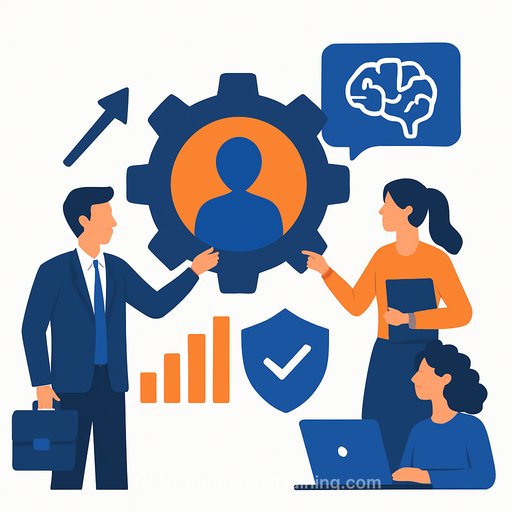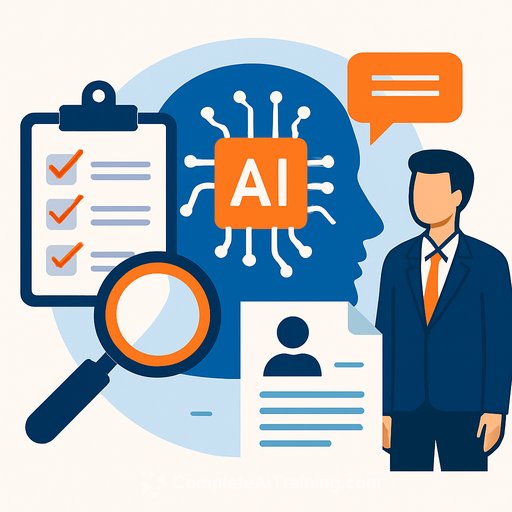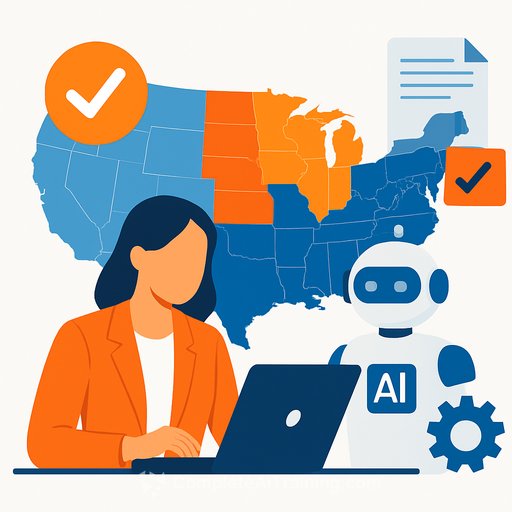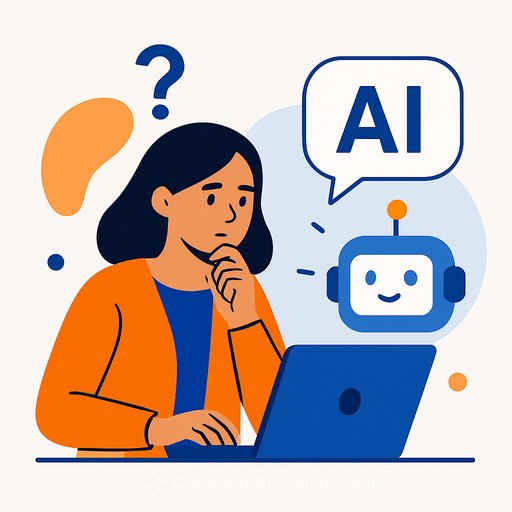Gartner: What HR Leaders Prioritize Now to Build Real Resilience
HR isn't a back-office function anymore. It's a growth engine. Gartner's latest survey of 426 CHROs across 23 industries and four global regions points to a clear playbook for 2026: build an HR-native AI strategy, redesign the workforce for the human-machine era, hardwire leaders for constant change, and make culture show up in daily performance.
The message is simple: rework how HR operates to deliver business outcomes with speed and clarity. Gartner's research suggests evolving the HR operating model can drive up to 29% productivity gains, while embedding values into daily work can lift engagement by as much as 34%.
1) Build an HR-native AI strategy
AI isn't just about automating tasks. It's about rethinking how HR creates value end-to-end - from talent acquisition and mobility to workforce planning and employee services.
- Pick three value-chain use cases with clear ROI (e.g., sourcing, skills inference, internal mobility).
- Stand up data and model governance with HR, Legal, and IT. Use a lightweight risk framework and human-in-the-loop reviews. For reference, see the NIST AI Risk Management Framework.
- Reskill HR: prompt patterns, vendor evaluation, change tactics, and basic data fluency.
- Define success metrics upfront: time-to-fill, quality-of-hire, internal movement rate, case resolution time, cost per transaction.
Goal: Move from pilots to production systems with measurable business impact, not experiments that stall.
2) Redesign the workforce for the human-machine era
Work is being split across people, AI agents, and platforms. CHROs are prioritizing adaptive talent strategies that flex across scenarios.
- Update job architecture for skills, not rigid roles. Call out where AI augments, not replaces.
- Build fusion teams: HR, data, engineering, and the business solving a single outcome.
- Stand up an internal talent marketplace so work finds skills faster.
- Offer AI literacy for all employees and deeper pathways for people leaders and HRBPs.
Measure: skills coverage, redeployment speed, internal fill rate, and productivity per FTE.
3) Make change a leadership habit
Gartner notes that leaders who make change routine drive better transformation outcomes. As Kris van Riper puts it: "2025 was about AI pilots, discovery and experimentation. 2026 will be about delivering agentic AI ROI."
- Teach managers small-batch change: short cycles, visible wins, and clear roles.
- Embed change into weekly routines: team huddles, checklists, and feedback loops.
- Give leaders enablement kits: talking points, FAQs, metrics, and escalation paths.
- Reward behaviors that reduce friction: clarity, speed, and follow-through.
4) Put culture back into daily work
Values only matter if they drive decisions in the flow of work. Gartner links embedded culture practices with higher engagement and performance.
- Translate values into 3-5 observable behaviors per role. Bake them into goals and reviews.
- Use lightweight nudges in tools employees already use (calendars, chat, helpdesk).
- Make recognition public, fast, and behavior-specific.
- Track sentiment weekly; fix issues where work actually happens - in teams and processes.
Evolve the HR operating model
To hit the numbers Gartner cites, HR needs a product mindset and fewer handoffs. Think outcomes, not org charts.
- Stand up HR product squads (e.g., Talent Acquisition, Learning, Employee Services) with a product owner, data partner, and change lead.
- Create an AI Council across HR, IT, Legal, and Security to set standards and speed decisions.
- Publish a quarterly roadmap tied to business OKRs. Ship improvements every 2-6 weeks.
- Instrument everything: funnels, cycle times, CSAT, and impact on revenue or cost.
Quarter-now plan: 90 days to momentum
- Week 1-2: Pick three AI use cases; define ROI and guardrails. Socialize success metrics.
- Week 3-6: Pilot with one business unit; train managers; launch change enablement kits.
- Week 7-10: Set up the internal talent marketplace MVP; update job architecture language.
- Week 11-13: Roll out values-to-behaviors mapping; embed nudges and recognition flows.
Where to go deeper
For a broader view of the research, visit Gartner's HR insights. If you're upskilling your team for AI in HR, explore role-based learning paths at Complete AI Training.
Bottom line: Build an AI-forward HR strategy, re-architect work, teach leaders to run continuous change, and make culture visible in daily decisions. Do that, and HR becomes a direct lever for resilience and growth.
Your membership also unlocks:






